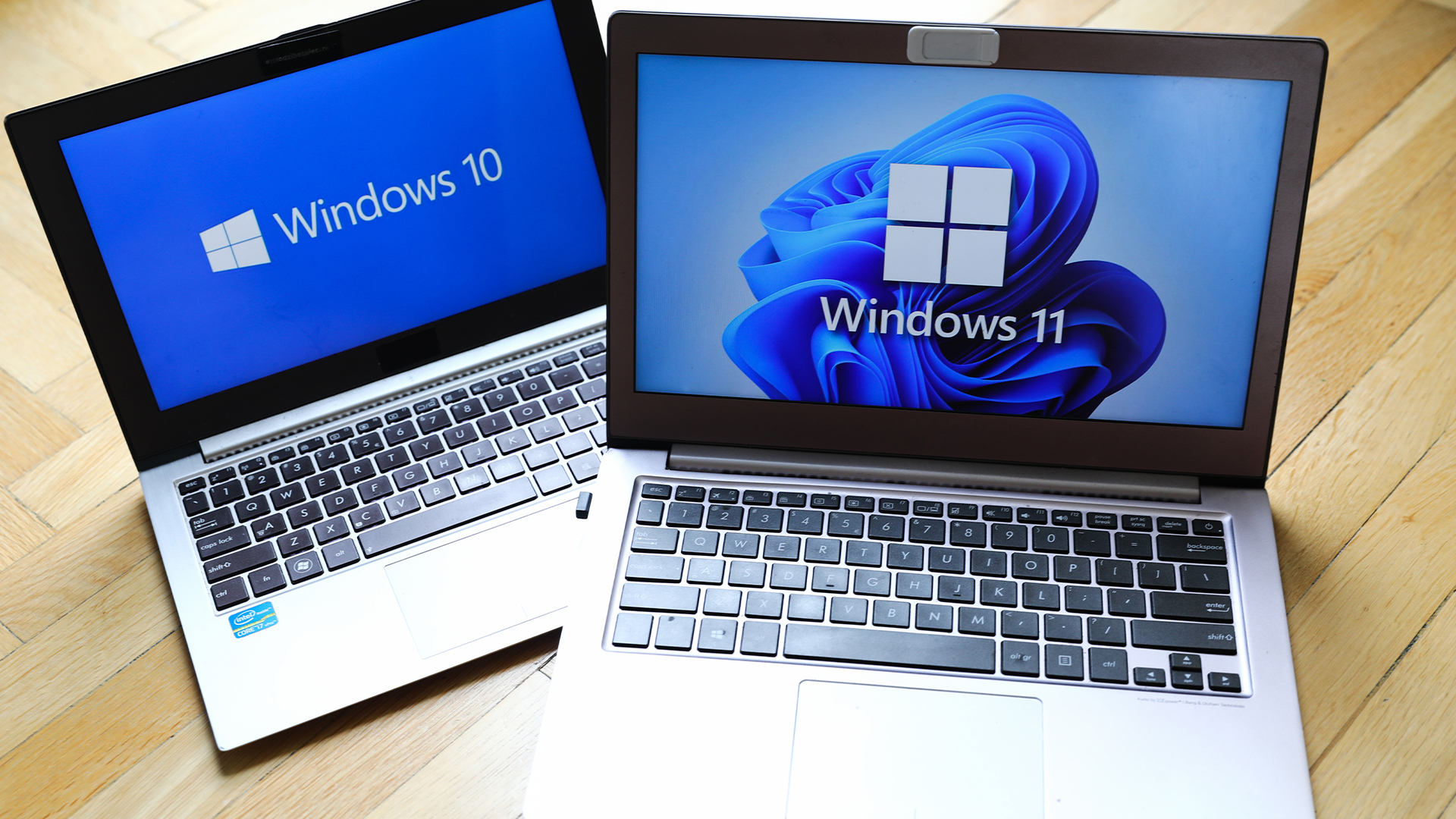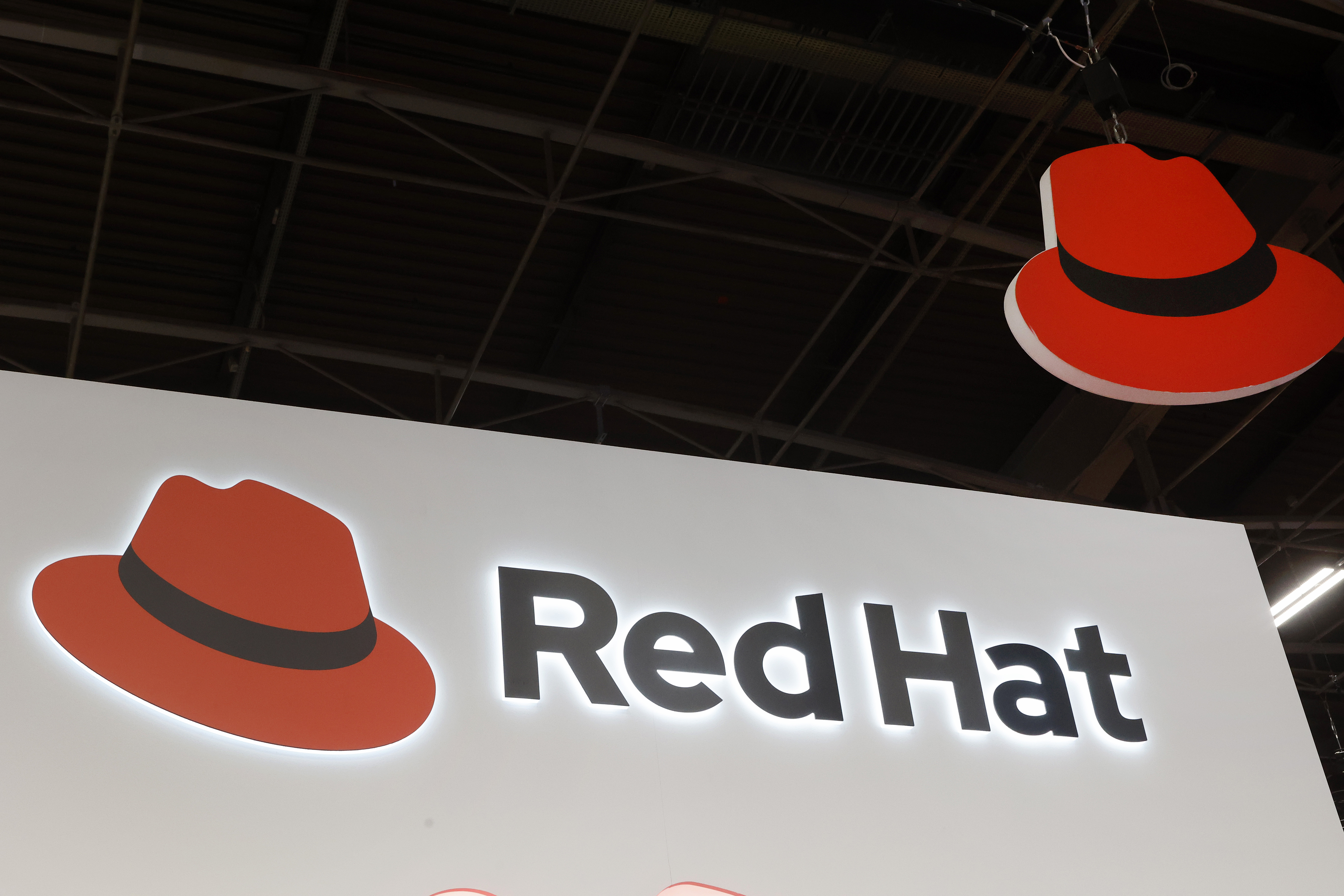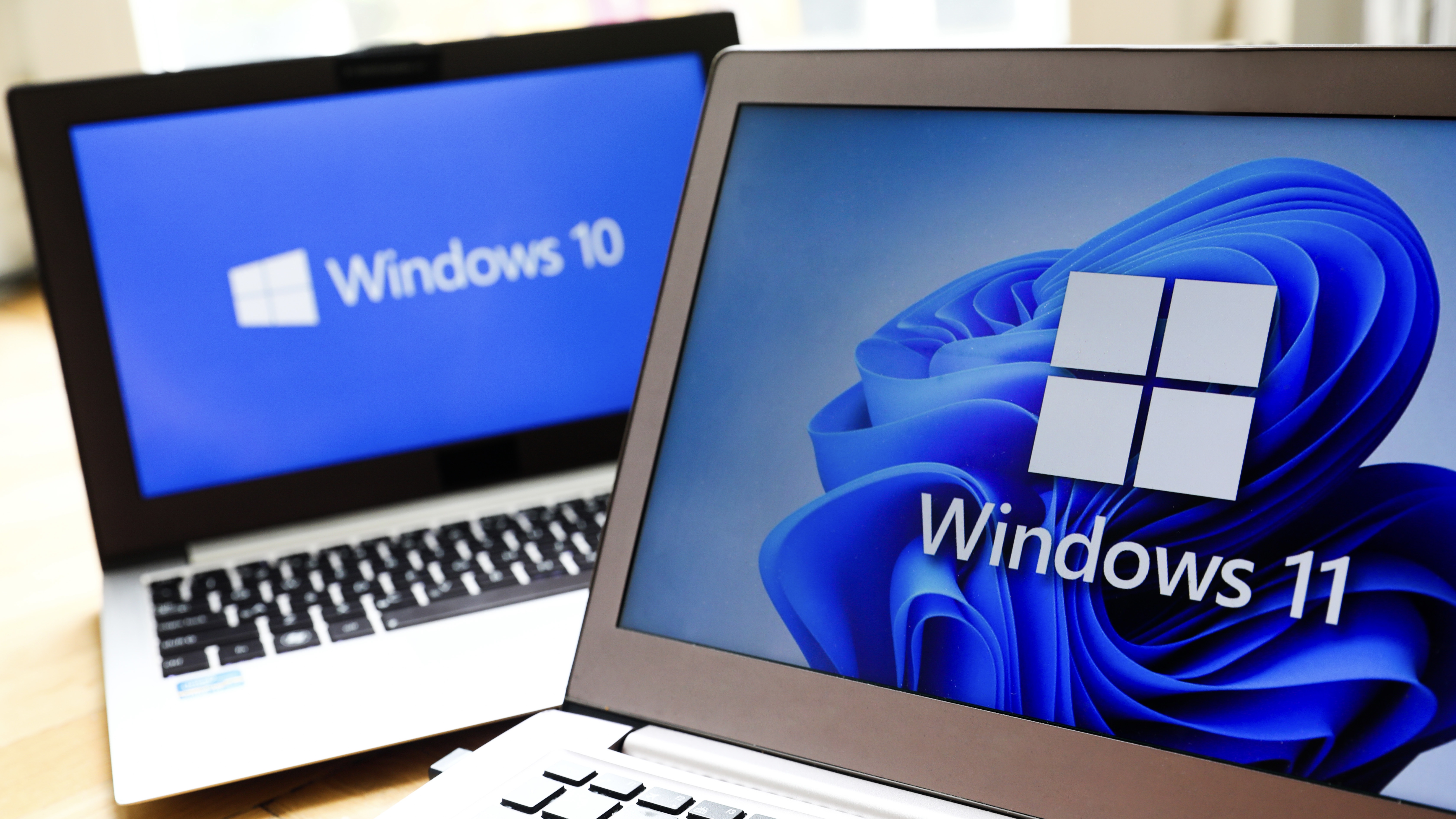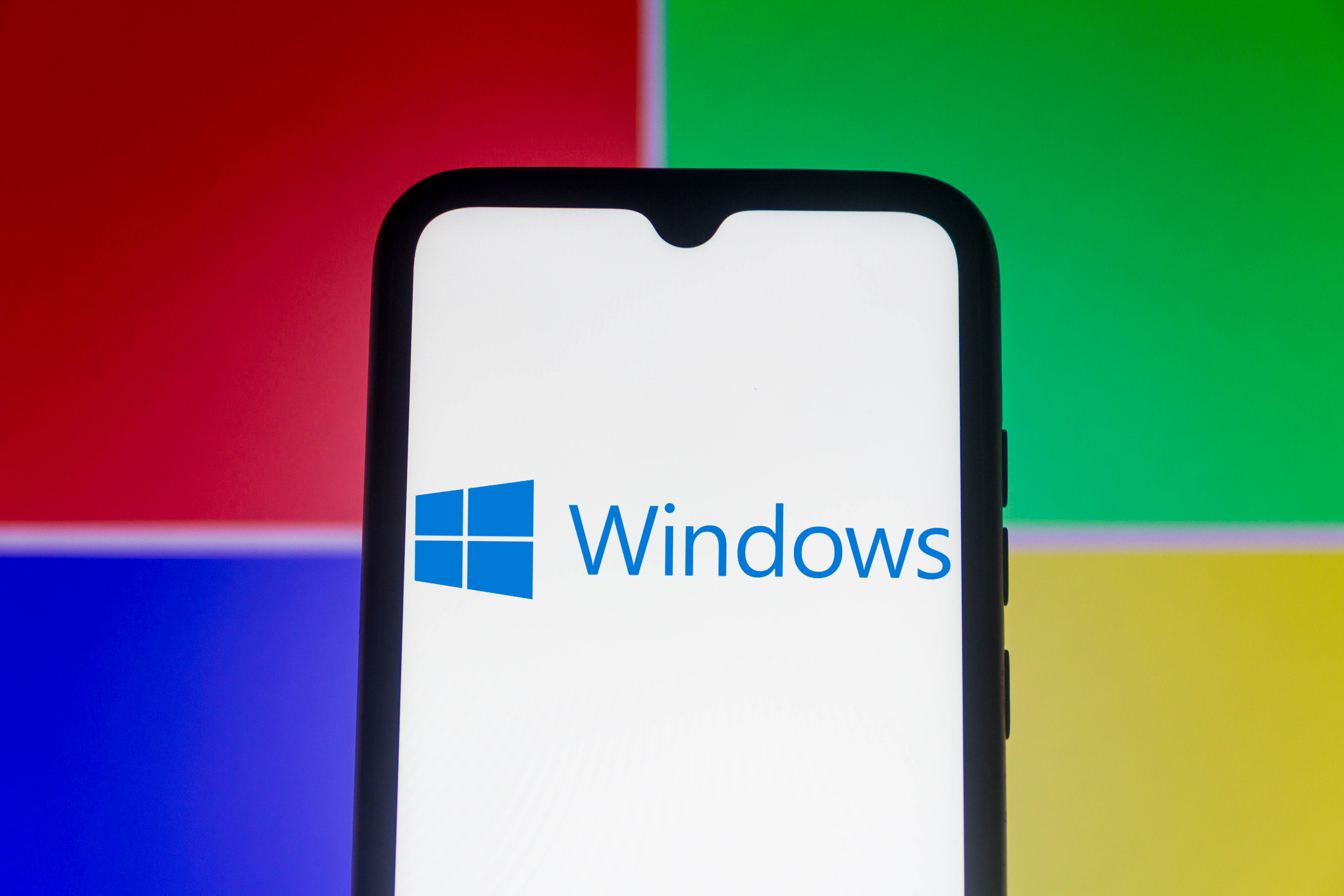Web operating systems
Web-based operating systems have a long and rich history, but only now are we starting to see some emerging projects that could be commercially viable.


Thanks to companies like Google, we are already starting to see applications delivered online. The company has just added a presentation application to its Google Docs suite, for example. But why stop at online applications?
If you can use word processors and spreadsheets over the internet, then why not transfer the whole desktop to the web? Web-based operating systems have a long and rich history, but only now are we starting to see some emerging projects that could be commercially viable.
Researchers at UC Berkeley were among the first to explore the possibilities of a web-based operating system (OS), with the Web OS project, started in the mid-90s. The project, part of a wider initiative called Berkeley Network of Workstations (NOW), was designed to create a set of system resources that could be used in a geographically distributed way. At the turn of the decade, the frenzy around online application service provision reached its height. Services such as desktop.com and MyWebOS were offering online desktops (aka web tops) to consumers. But the world wasn't ready, and the dot-com crash dispatched such ideas.
Now, with Web 2.0 players preaching a more grown-up, sustainable platform for commercial ventures, several players are hoping that web tops will become viable. Most of them are offering proprietary systems that bear only a passing resemblance to Windows (in the sense that they have a windowing GUI). However, Sachin Duggal is hoping to buck the trend. Duggal is chief executive of Nivio, a start-up offering web-based Windows desktops to users.
Duggal identifies a number of threats facing traditional computer users: data loss, privacy and Internet security threats, incompatibility, system availability, and outdated hardware and software. "Some software vendors are using the application to solve some of these problems," he says, highlighting Google Docs as an example. "But we think that's a myopic view of solving the problem. The way you really solve the problem is to go back to the platform, and change it from local to centralised."
Data you just can't ditch
The advantages to a Web top according to Duggal are that you can't lose the data even if you tried (unlike, say, carrying it around on a laptop or USB key), and that software applications of your choosing also become more easily available. He is working with software vendors including Adobe to produce online versions of applications that can be rented by users who may only need them for a short period of time.
Sign up today and you will receive a free copy of our Future Focus 2025 report - the leading guidance on AI, cybersecurity and other IT challenges as per 700+ senior executives
"If you were a small business or an individual, then why would you buy certain software applications when you can rent them for a month?" He asks, adding that much software piracy is driven by inflexibility in licensing terms. Initial applications available by default on the site include OpenOffice, but the firm is also working with software vendors including Adobe to make commercial applications available on the site.
Nivio operates in a centralised environment, unlike many worktops that offload processing onto the client, Duggal asserts. "In some cases a web OS is an application which is running in a web browser. In some cases it's a remote Linux desktop. But in most cases, it's usually just an Ajax or a Flash-based desktop where the computing is happening locally," says Duggal. "The only things I consider web OSs are those where computing is happening centrally."
The company runs a grid in its data centre, split into sub-grids, each of which handles a core role. One grid handles data, another serves the desktop, and two others support the application and the back office functions. "When the user logs in, he hits one of the desktop grids, and based on the profile, the rest of the desktop is created on the fly."
The company operates two data centres, in Switzerland and India, and can move a users' data to the closest grid when they are travelling, to help reduce network latency, Duggal says. Working with channel partners, he hopes to open up other data centres in Korea and the Philippines, and in the US.
One initial target audience for Nivio is emerging markets. Its main launch this June was in India, with a smaller beta launch in the UK. One use case is for villages in rural India, in which a single PC and a good internet connection can be used to serve up multiple desktops for different users. The firm is also looking at Africa, although last mile connectivity is still inadequate in many parts of the continent.
It will shortly launch Nivio Live, a folder on the desktop into which users can drag files and apply themes. Users can then share the folders online using a dedicated URL. Duggal also plans to extend an API to third-party service providers who can then integrate with the service.
But what of the enterprise?
Can corporate users take advantage of Web tops? Duggal will not provide the service for in-house hosting, but says that corporate users can get volume licenses. In the meantime, Citrix, which makes its bread and butter providing applications via a centralised platform, sees potential in the web top model. "At the enterprise level, the first users of Web desktops will be those organisations relying on them more for end-user convenience," says Sumit Dhawan, director of product management for the company's application networking group. "They are struggling with manageability and control, and see the desktop as a nuisance. Most organisations are small in nature, and don't have sophisticated IT staff."
Right now, most of Citrix's hosted desktop activity is happening internally, with companies serving up desktop environments across their own LANs and WANs. Citrix is working with existing system integrators who currently host applications, to start hosting desktops as well, says Dhawan.
Others are not standing still. Sapotek, which started in 2002, will shortly be offering an enterprise version of its Desktoptwo product. The consumer version, which is free and comes with 1GB of storage, includes applications such as an address book, e-mail client, OpenOffice and a blog creator. Sapotek is at odds with Duggal's centralised computing vision because it relies on client-side processing. The system is built on a LAMP stack, and is served up using Actionscript in a Flash player. The only thing that evokes a Java applet is the office suite, says Sapotek chief executive Joshua Rand.
"When we launched the premium version, we will give total control to the end-user," says Rand, who can't confirm that OpenOffice will be in the enterprise version because other options are becoming available. Collaborative online office suites he is eyeing include Zoho and Thinkfree. "A small business of 50 people will have the ability to completely administer and control all of the desktops, and one person will be able to do it." Features will include the ability to create workgroups, and allocation of storage space.
Zvi Schreiber, chief executive of G.ho.st, hasn't seen much corporate activity for his web top of the same name, although that doesn't mean that it isn't infiltrating the workplace. "We do see a lot of usage by people at work," he says. "If you want to do personal computing during your lunch break and the IT department doesn't want you to install your own software, then this is a sandboxed alternative." Delivered using a Flash player to the client, the system has no access to the local hard drive or network, Shriver says. Applications available include Zoho, and integration with consumer-focused Web services including Flickr, YouTube and Amazon. "There is an opportunity to serve the personal needs of people at work," he says. "It could provide mobility to people on the road, or reduce administrative costs." However, once again, the system is based on a LAMP stack and doesn't provide Windows interoperability.
What's most interesting in the whole discussion of web tops is who isn't yet involved. Microsoft shrugged when we asked it about the concept (although it has worked extensively with Nivio to license its software for that service, and of course offers remote desktop access via Terminal Services). Google, which is heavily focused on providing services in the cloud, has not yet ventured into web top services. Before such companies get involved, the industry must answer an open question: how will Web tops and online applications evolve together?
As software becomes more net-centric, developers continue to explore ways in which online applications can be cached offline. The connection between rich internet applications and web tops is not yet entirely clear. But this is a space in which activity can only increase.
In the meantime, look for developments in web top access via mobile devices, and for further emphasis on Web top data synchronisation. Synchronisation is on Sapotek's agenda. Nivio already supports this, and will be enhancing it very soon. Web tops are far from ready for prime time, even in the consumer space, but early explorers are laying the ground work.
Danny Bradbury has been a print journalist specialising in technology since 1989 and a freelance writer since 1994. He has written for national publications on both sides of the Atlantic and has won awards for his investigative cybersecurity journalism work and his arts and culture writing.
Danny writes about many different technology issues for audiences ranging from consumers through to software developers and CIOs. He also ghostwrites articles for many C-suite business executives in the technology sector and has worked as a presenter for multiple webinars and podcasts.
-
 The UK AI revolution: navigating the future of the intelligent enterprise
The UK AI revolution: navigating the future of the intelligent enterpriseAs AI reshapes industries and societies, decision-makers in the UK face a critical choice: build a sovereign future or merely import it.
-
 Turning the UK AI revolution into a sovereign reality
Turning the UK AI revolution into a sovereign realityThe UK AI Revolution documentary series posed difficult questions about AI’s hype, control, and future. Now, IT leaders must find the architectural answers
-
 Windows 10 extended support costs could top $7 billion
Windows 10 extended support costs could top $7 billionNews Enterprises sticking with Windows 10 after the October deadline face huge costs
-
 Tiny11 review: Windows 11 with only 2GB of RAM
Tiny11 review: Windows 11 with only 2GB of RAMReview A version of Windows 11 for older machines that don't meet the full requirements
-
 Red Hat Enterprise Linux becomes foundational operating system for Cohesity Data Cloud
Red Hat Enterprise Linux becomes foundational operating system for Cohesity Data CloudNews New strategic partnership between Red Hat and Cohesity aims to drive innovation in the data security and management space
-
 Ubuntu shifts to four-week update cycle
Ubuntu shifts to four-week update cycleNews Critical fixes will also come every two weeks, mitigating the issues involved with releasing prompt patches on the old three-week cadence
-
 AlmaLinux follows Oracle in ditching RHEL compatibility
AlmaLinux follows Oracle in ditching RHEL compatibilityNews Application binary compatibility is now the aim with 1:1 now dropped
-
 How big is the Windows 10 cliff-edge?
How big is the Windows 10 cliff-edge?ITPro Network With some comparing the upcoming Windows 10 end of life to Windows XP, we ask members of the ITPro Network for their insight
-
 Everything you need to know about the latest Windows 11 updates - from bug fixes to brand-new features
Everything you need to know about the latest Windows 11 updates - from bug fixes to brand-new featuresNews Two new cumulative updates are on the way and will be installed automatically on Windows 10 and Windows 11 machines
-
 How to download a Windows 11 ISO file and perform a clean install
How to download a Windows 11 ISO file and perform a clean installTutorial Use a Windows 11 ISO to install the operating system afresh
